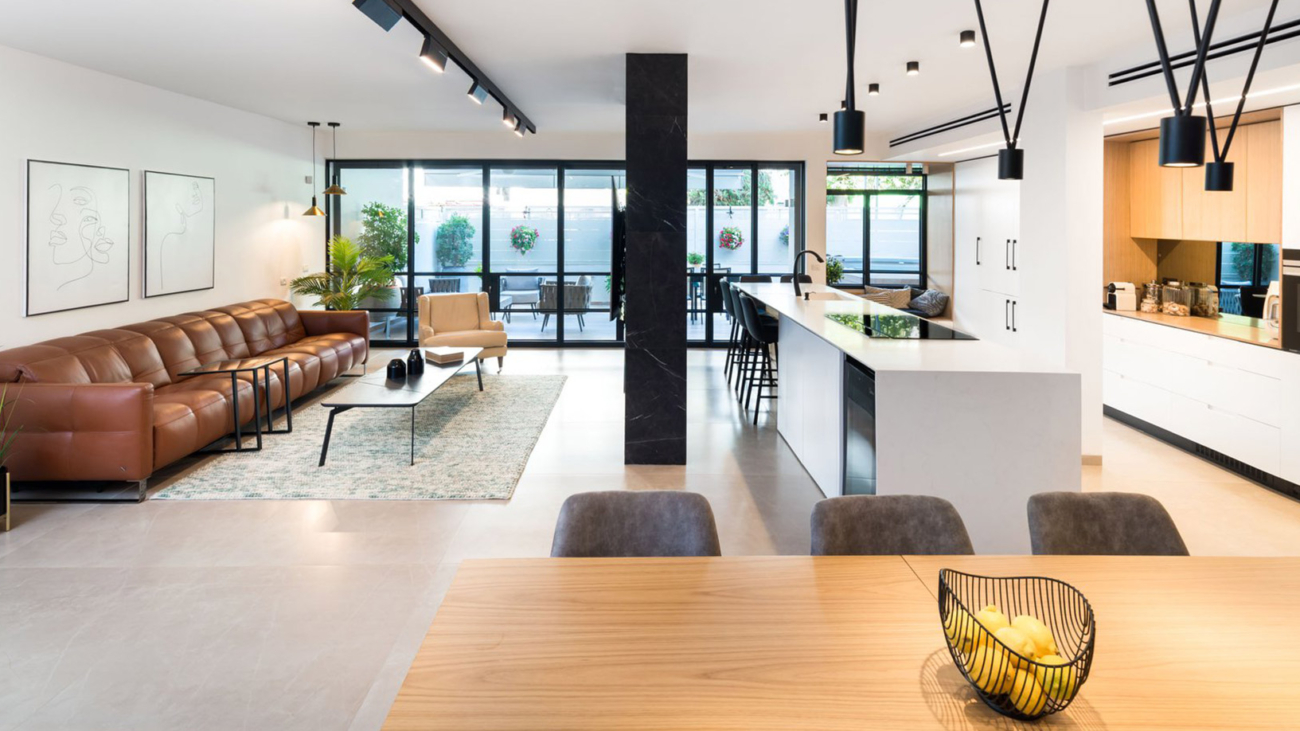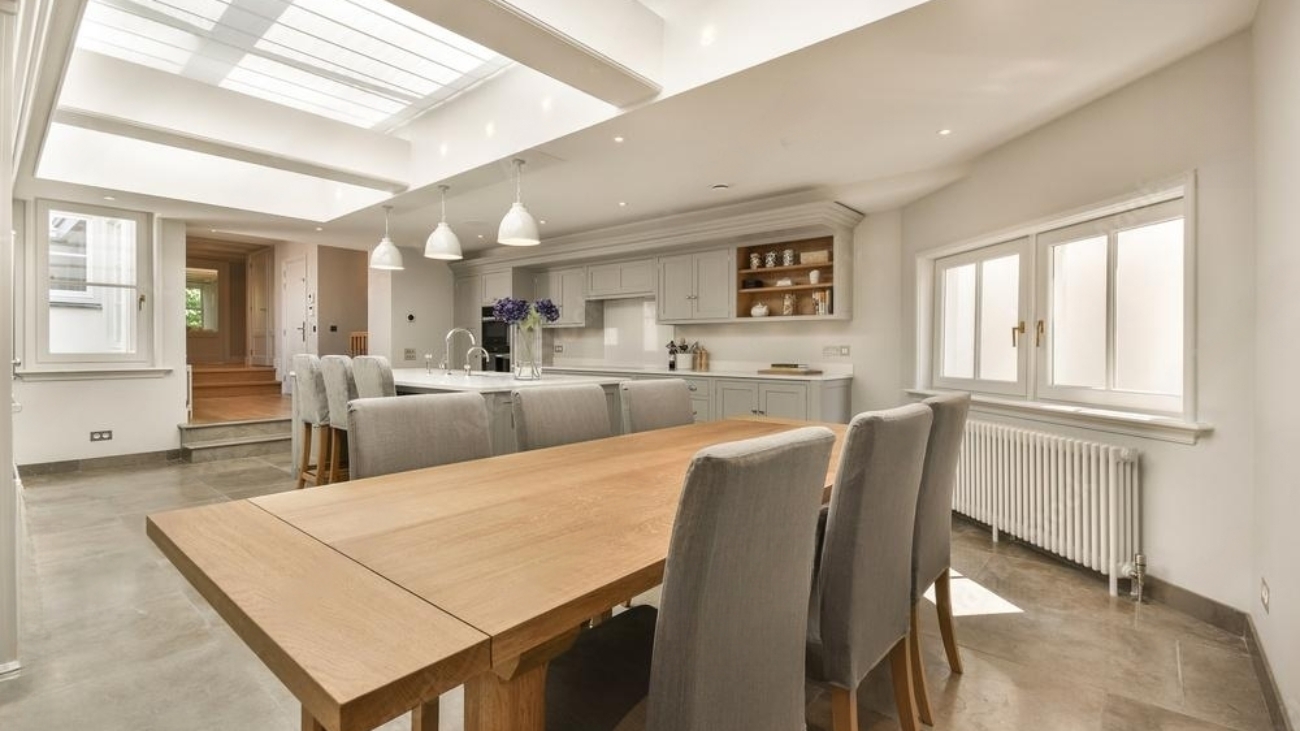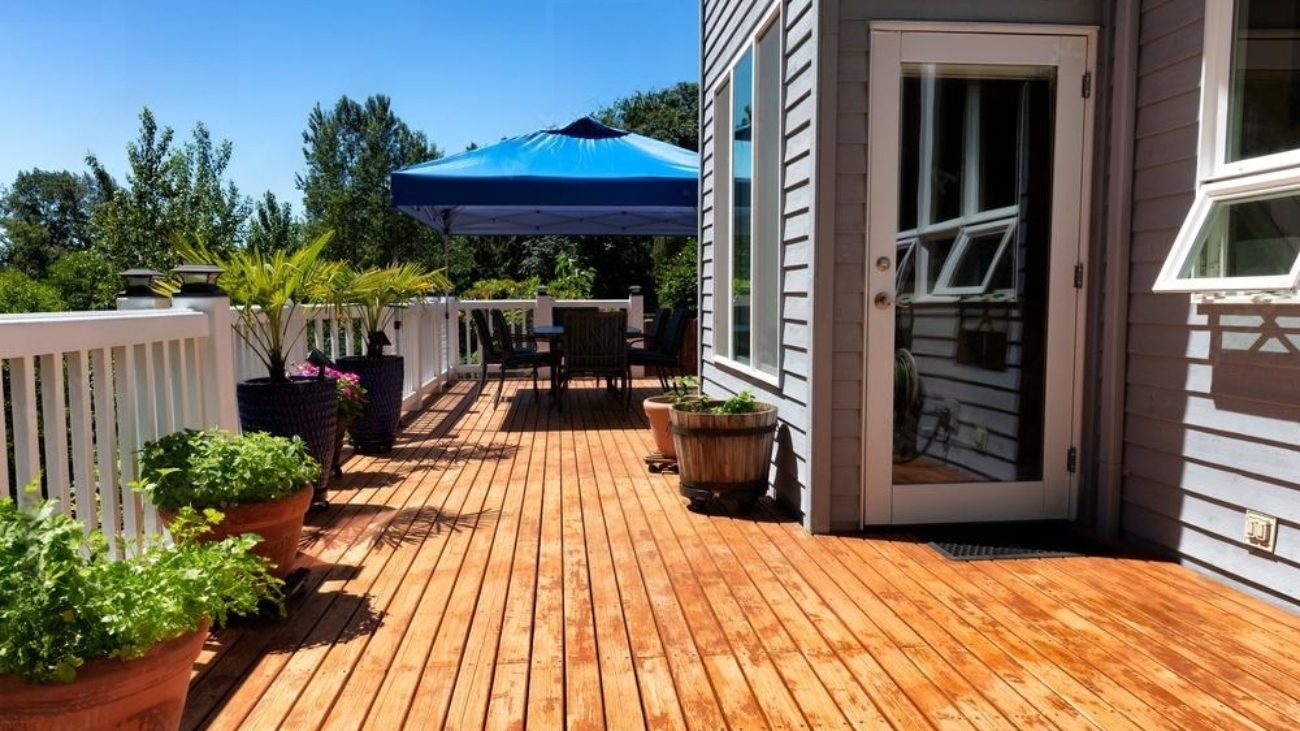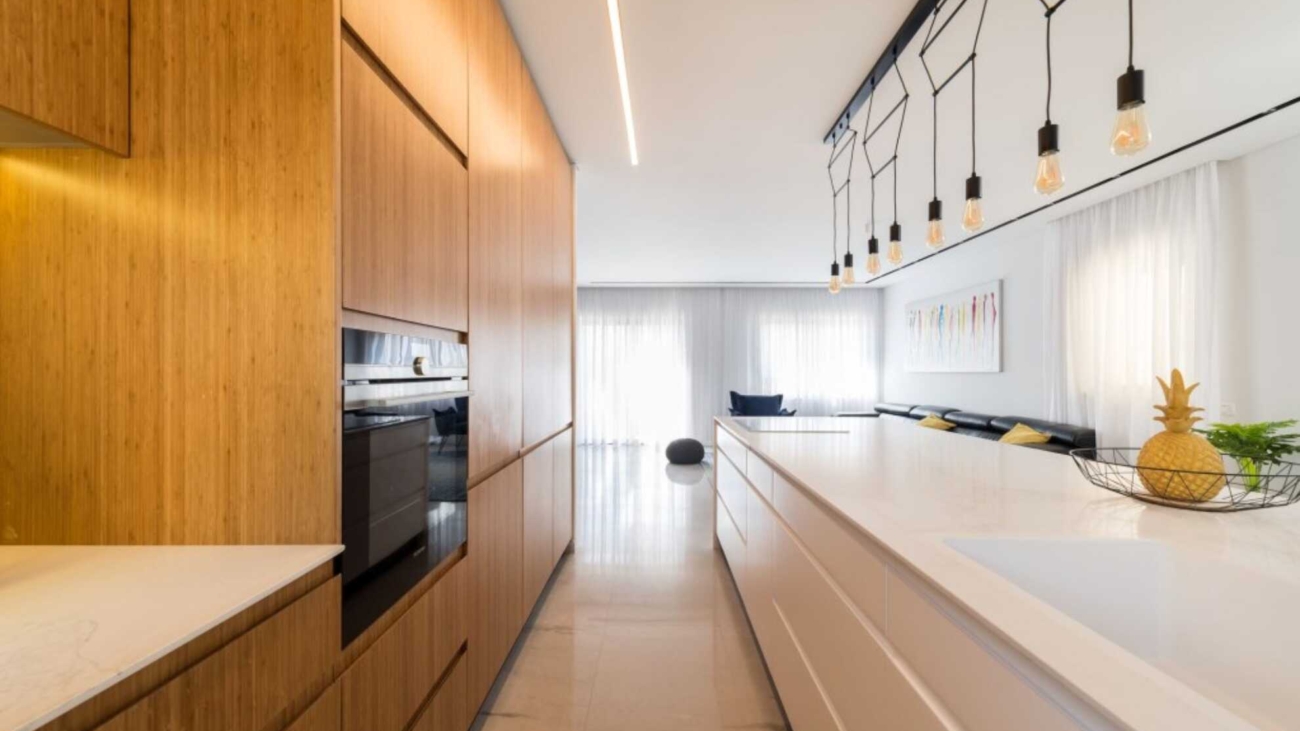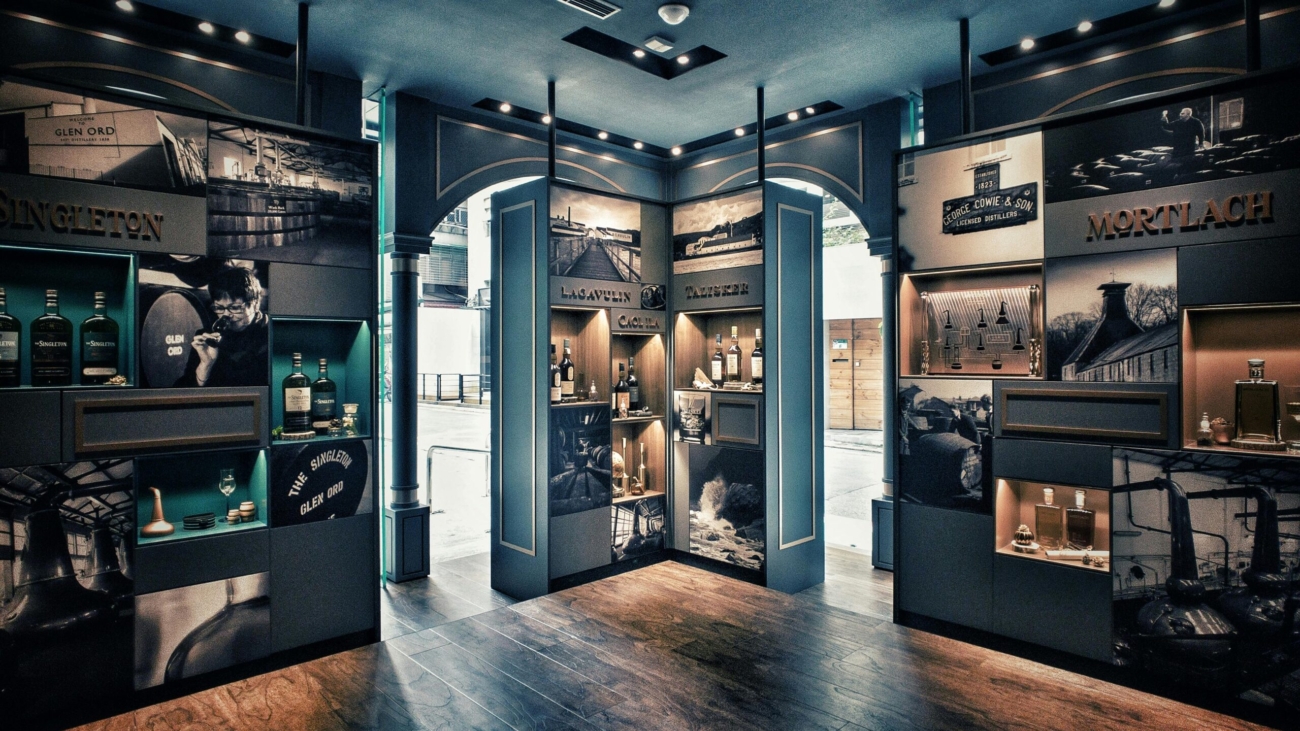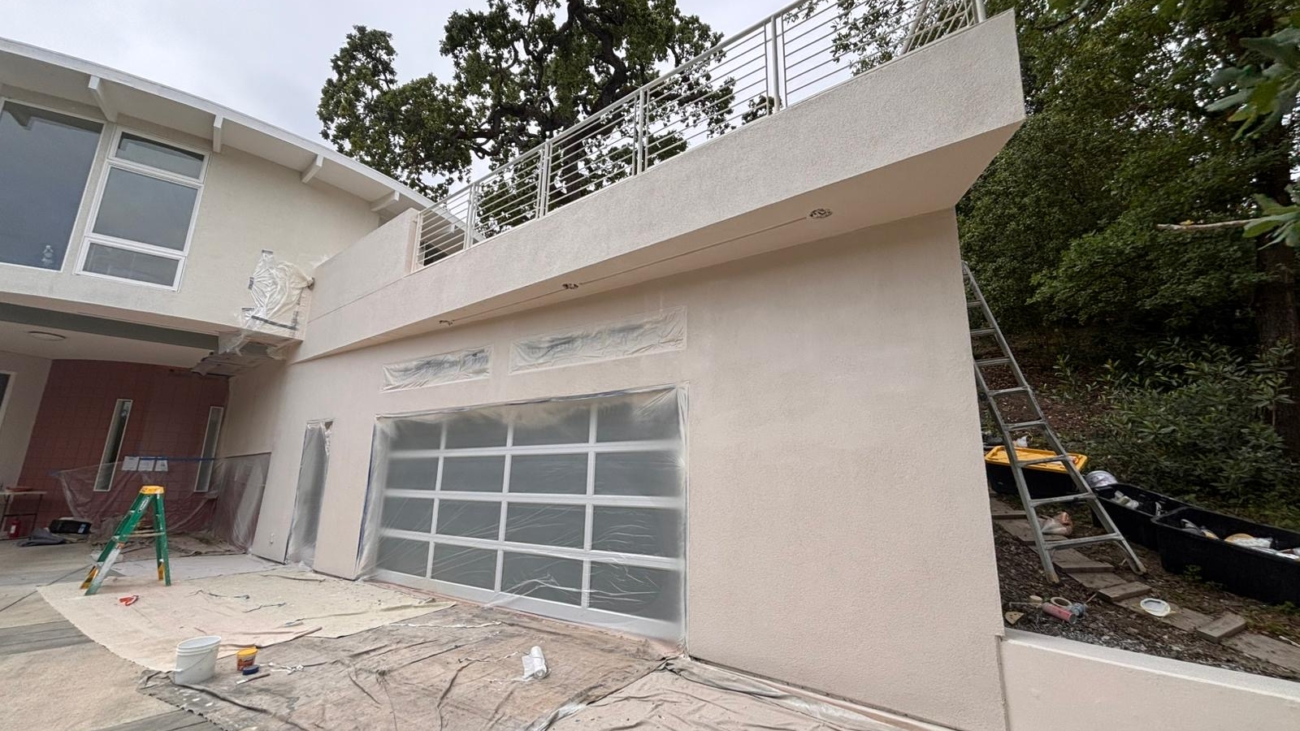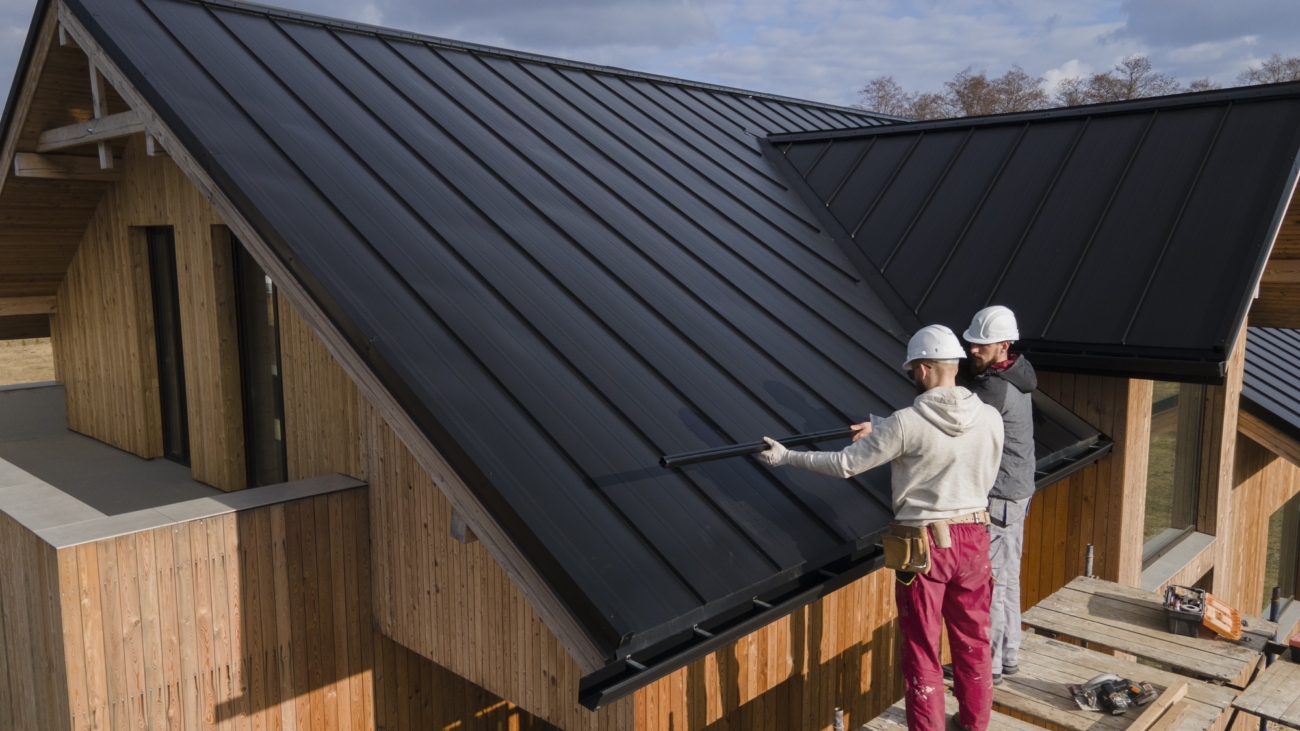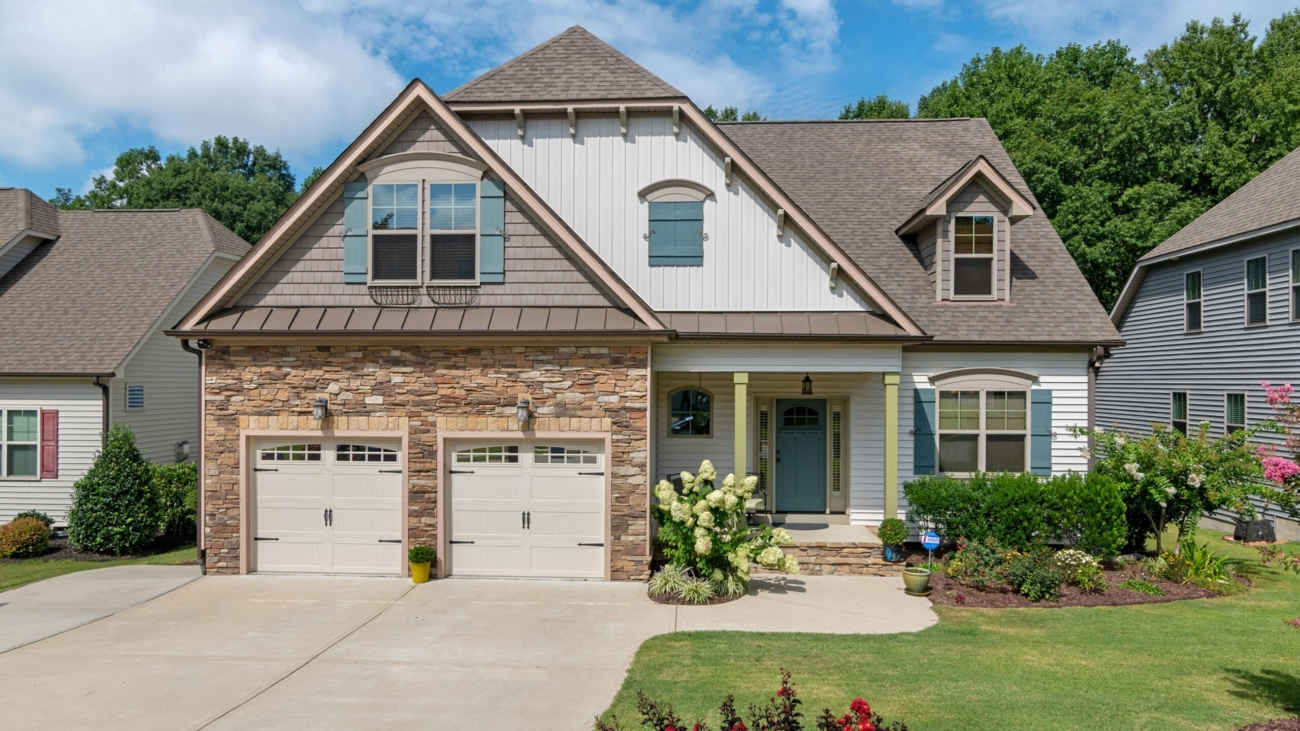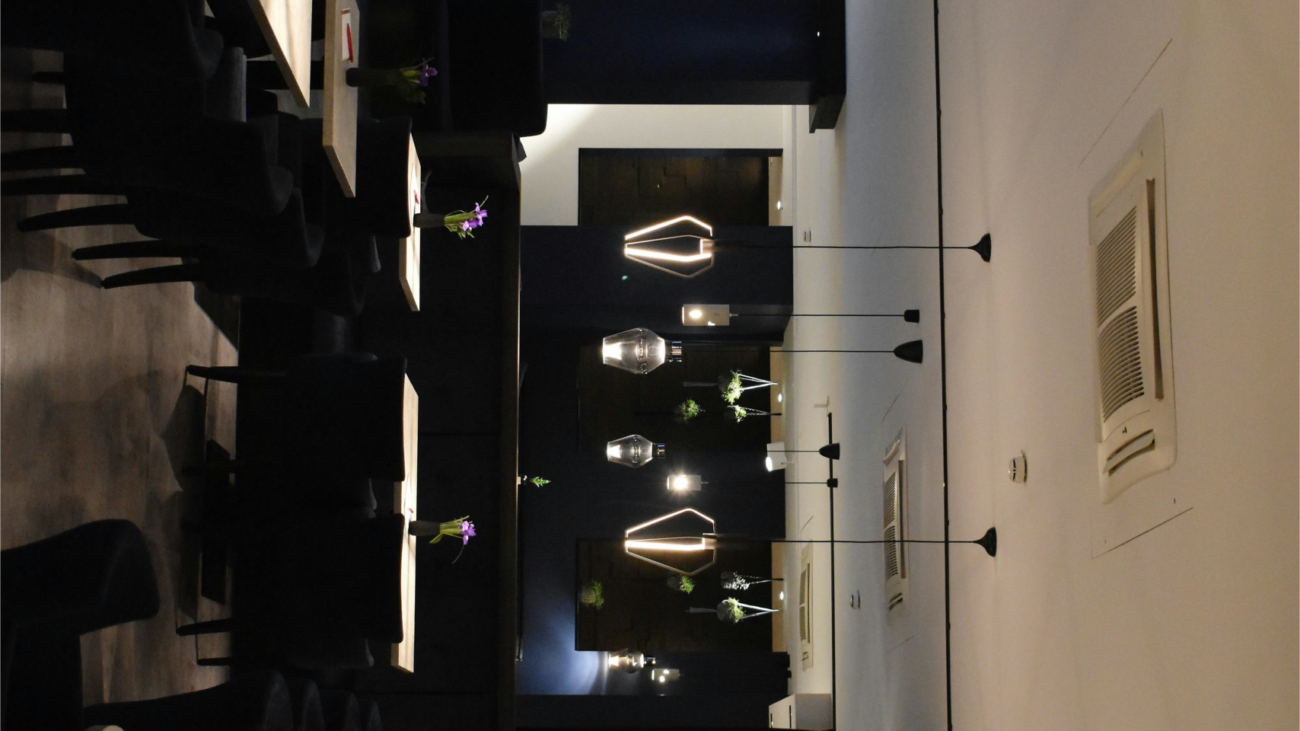Of course. Here is the 1800-word SEO article, crafted to your precise specifications.
Unlocking the Potential: Kitchen Remodeler Secrets for Space-Efficient Galley Layouts
Let’s be honest, when most people dream of their perfect kitchen, they’re picturing a massive, sprawling island with room for a dozen guests. But what if your reality is a long, narrow galley kitchen? It can feel a bit like the universe is playing a joke on you, right? You open the dishwasher and block the oven, or you have to perform an intricate dance just to let someone else grab a fork.
Well, we’re here to let you in on a little secret: we love a galley kitchen. Seriously. At D&D Home Remodeling in San Jose, we see these spaces not as limitations, but as opportunities for some of the most efficient, functional, and downright stylish kitchens on the block. Forget everything you think you know. A galley layout, when done right, is a powerhouse of culinary efficiency. So, grab a coffee, and let’s chat about how to transform that narrow passage into your favorite room in the house.
Why We’re Secretly Obsessed With Galley Kitchens
Ever wondered why restaurant kitchens are almost always laid out this way? It’s because the galley is the ultimate workflow machine. Think about it: everything is within arm’s reach. You can pivot from the fridge to the sink to the stove without taking a single step. That’s not a design flaw; it’s the “work triangle” on steroids. For those of us in the general remodeling business, getting to optimize this layout is like solving a fantastic puzzle. The goal isn’t to fight the galley; it’s to embrace it and make it work smarter, not harder.
The Golden Rule: Smart Storage is Everything
You can have the most beautiful countertops in the world, but if you’re constantly battling clutter, you’ll never enjoy your space. In a galley kitchen, every single inch counts. And we mean every. inch.
Go Vertical, Always
Look up. What’s above your cabinets? Probably a dust collection zone. We’re huge advocates for taking those cabinets all the way to the ceiling. You gain a surprising amount of storage for those once-a-year items like the giant turkey roaster or the holiday platters. No more dead space.
The Magic of Custom Interiors
Standard shelving is, IMO, a total waste. This is where custom solutions from a skilled renovation contractor make all the difference. We’re talking about:
- Pull-out pantries: These skinny units can slide right into a space as narrow as 12 inches and hold an incredible amount of food.
- Tray dividers: Built right into your lower cabinets to keep baking sheets and cutting boards organized.
- Deep drawers: Seriously, forget about lower cabinets with doors. Deep, full-extension drawers are a game-changer. You can see and access everything in the back without performing yoga poses.
- Toe-kick drawers: That little space under your cabinets? Yeah, that’s prime real estate for flat baking sheets or even a step stool for the kids.
When you work with a house remodeling contractor who thinks like this, you’re not just getting new cabinets; you’re getting a completely new system for living.
Countertop Conundrums: Maximizing Your Workspace
This is the big one. The eternal struggle of the galley kitchen: where do I put everything? The secret isn’t just more counter space; it’s smarter counter space.
The Continuous Countertop
One of our favorite tricks is using a single, uninterrupted slab of countertop material along one entire side of the galley. This creates a seamless, expansive-looking workspace that’s easy to clean and fantastic for food prep.
The Appliance Garage
Tired of your countertop looking like a small appliance convention? Tuck them all away in a dedicated cabinet with a tambour door—an appliance garage. It keeps your blender, toaster, and stand mixer handy but out of sight, instantly decluttering your visual space.
The “Breakfast Bar” Peninsula
If your galley kitchen has a dead end (instead of a pass-through to another room), we have an amazing trick. We can extend one of the countertops to form a small peninsula or breakfast bar. This adds precious seating and extra prep space without breaking the bank like a full home additions project would. It’s a total win-win.
Lighting & Illusion: Making It Feel Bigger
A dark galley kitchen can feel like a cave. But with the right lighting, we can make it feel open, airy, and much larger than it actually is.
Layer Your Light
Forget the single, sad ceiling fixture in the middle of the room. We create layers:
- Ambient Light: This is your overall illumination. Recessed LED cans are a must for general brightness.
- Task Light: Under-cabinet lighting is non-negotiable. It banishes shadows from your countertops, making cooking safer and more enjoyable.
- Accent Light: A small pendant light over the sink or a few LED strips inside glass-front cabinets adds a touch of personality and depth.
Reflective Surfaces are Your Best Friend
This is Design 101, but it works every time. High-gloss cabinets, a glossy tile backsplash, and reflective countertops like quartz or polished granite will bounce light around the room. Even a strategically placed mirror on a facing wall can work wonders. It’s one of the oldest tricks in our book, and it never gets old.
Appliance Strategy: Sleek, Streamlined, and Smart
Bulky appliances can choke a galley kitchen. The key is to choose models that are designed for tight spaces.
Integrated is King
Want that seamless, built-in look? Integrated appliances that are hidden behind cabinet panels are the ultimate solution for a streamlined aesthetic. Your fridge and dishwasher just blend right into the millwork.
Consider Scale
You might not need that massive 36-inch wide commercial range. A sleek 30-inch model, or even an induction cooktop, can offer all the power you need without dominating the visual space. And a counter-depth refrigerator is worth its weight in gold for saving those precious few inches of walkway space.
Galley Kitchen vs. Other Layouts: A Quick & Dirty Comparison
Wondering how your galley stacks up? Here’s a quick breakdown from our perspective as a general contractor who has seen it all.
| Feature | Galley Kitchen | L-Shaped Kitchen | U-Shaped Kitchen | Island Kitchen |
|---|---|---|---|---|
| Efficiency | Excellent (The “work triangle” is ultra-compact) | Good | Very Good | Varies (can be great or terrible) |
| Space Required | Low (Perfect for narrow spaces) | Moderate | High | Very High |
| Cost | Often Lower (Less cabinetry & countertop) | Moderate | Higher | Highest (Island adds significant cost) |
| Traffic Flow | Can be poor if it’s a main thoroughfare | Good | Excellent | Can be problematic if not sized correctly |
| Storage Potential | Good (with smart solutions) | Very Good | Excellent | Excellent |
| Social Cooking | Poor (Cook is often facing the wall) | Good | Good | Excellent |
See? The galley has some serious advantages, especially when it comes to cost and pure efficiency.
When to Call in the Pros (Like Us!)
Look, we’re all for a good DIY project. But a kitchen remodel, especially in a tight space, is a complex beast. The plumbing, electrical, and structural elements have to be perfect. Making a mistake here isn’t just annoying; it can be downright dangerous and incredibly costly to fix.
This is where working with the best remodeling company for the job pays for itself. At D&D Home Remodeling, serving San Jose, Santa Clara, Campbell, and all across Silicon Valley, we’ve mastered the art of the galley. We know how to squeeze every ounce of functionality out of your footprint. Why struggle with layouts and permits when you can have a team that handles it all, ensuring the project is smooth and, most importantly, abortable in the sense that you have clear milestones and approvals every step of the way? You’re in control.
And hey, while we’re your kitchen remodeler, remember we’re also a top-tier bathroom remodeler and handle exterior remodeling. If you love the work we do in your kitchen, we’d be thrilled to help you with the rest of your full home remodel dreams. Whether you’re in Milpitas, Saratoga, Sunnyvale, Los Gatos, Cupertino, Fremont, or Morgan Hill, we’re your local experts ready to help.
Your Galley Kitchen Questions, Answered
We get it. You have questions. Let’s tackle some of the most common ones head-on.
1. What is the ideal width for a galley kitchen?
You’ll want a minimum of 7 to 8 feet between the two rows of cabinets to allow for comfortable appliance door opening and for two people to pass each other (without the awkward side-shuffle). If you have the space, 9 to 10 feet is even better. Anything less than 7 feet starts to feel tight.
2. How can I make my galley kitchen feel less closed-in?
We covered this a bit, but the big ones are: Light colors on cabinets and walls, great lighting (especially under-cabinet), glossy finishes to reflect light, and open shelving or a couple of glass-front cabinets to create visual breaks. Sometimes, we can even replace a solid wall with a half-wall or peninsula to open it up to an adjacent room.
3. Are open shelves a good idea in a small galley kitchen?
This is a style and maintenance choice. Open shelves can make the space feel more open and less bulky than upper cabinets. But, they require you to keep your dishes and glasses neatly organized because everything is on display. If you’re not a naturally tidy person, they might just become a cluttered eyesore. We often recommend a mix: a run of open shelves for pretty items and closed cabinets for the rest.
4. How much does a galley kitchen remodel typically cost?
Ah, the million-dollar question (though we hope it’s not actually a million!). The price has a huge range. A cosmetic refresh with new paint, hardware, and lighting could be in the $5,000 – $15,000 range. A mid-range remodel with new semi-custom cabinets, appliances, and countertops often lands between $25,000 – $45,000. A high-end, full-gut job with custom everything, plumbing/electrical moves, and top-tier appliances can easily go from $50,000 to $75,000+. The best way to get an accurate cost is to get a consultation. A good renovation contractor will provide a detailed, transparent quote.
Ready to Transform Your Galley?
So, there you have it. Your galley kitchen isn’t a design curse; it’s a blank canvas for efficiency and smart style. It’s all about working with the space you have, not against it.
If you’re looking at your kitchen and thinking, “Okay, I see the potential, but I have no idea how to make it happen,” that’s what we’re here for. Don’t just search for a “kitchen remodeler near me” and hope for the best. Talk to a team that gets it.
Let’s start the conversation. Reach out to us at D&D Home Remodeling for a consultation. We’ll help you unlock the incredible potential hiding in your galley kitchen and create a space you absolutely love to cook in.


